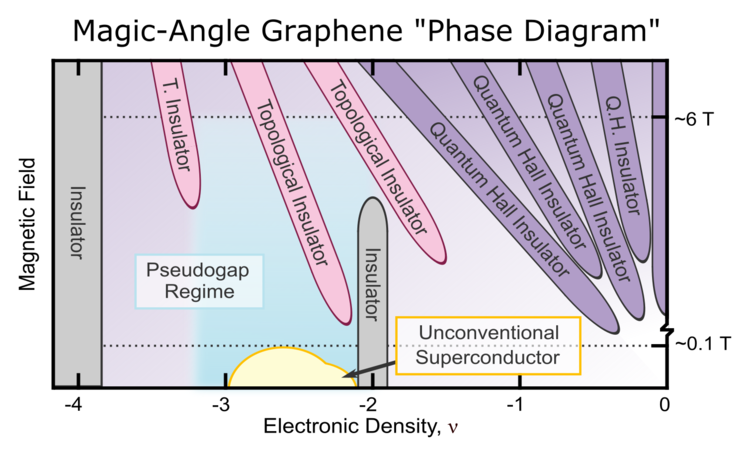Benjamin Franklin Stove: Invention Shaping Climate Adaptation
The Benjamin Franklin Stove stands as a remarkable testament to Franklin’s innovative spirit and his keen understanding of climate adaptation. Invented during a harsh winter in the early 18th century, the stove was designed to improve heating while minimizing wood usage, marking a significant leap in historical inventions related to home comfort and environmental technology. Franklin’s ingenious design not only revolutionized indoor heating but also contributed to broader atmospheric science, showcasing how technology can influence our understanding of environmental phenomena. Throughout his life, Franklin spearheaded several inventions, and this stove was pivotal, offering insights into effective energy consumption and atmospheric conditions. As we tackle modern climate challenges, the principles underlying the Benjamin Franklin Stove continue to inspire sustainable solutions for today and the future.
Known for his diverse contributions, the Franklin heater is often overlooked among Franklin’s many notable creations. This innovative fireplace insert, a triumph of environmental technology, exemplified the efforts made by early inventors to merge comfort with energy efficiency. Developed during an especially frigid period, the stove reflected the era’s need for effective climate adaptation tools. Franklin’s exploration of heat dynamics and its impact on indoor air quality further solidified his role in advancing atmospheric science. This compelling invention not only reshaped home heating practices but also initiated a dialogue about our relationship with the environment that resonates strongly today.
The Franklin Stove: A Revolutionary Invention
The Franklin stove, devised during an exceptionally cold winter in the early 18th century, stands out as one of Benjamin Franklin’s most significant inventions. Designed to optimize indoor heating efficiency, it utilized convection principles to distribute warmth evenly throughout a room. Unlike traditional fireplaces that wasted a considerable amount of heat, the Franklin stove was engineered to burn less wood while generating more heat, making it a remarkable solution for the era’s harsh climate conditions. This innovative appliance not only provided comfort but also marked a pivotal moment in environmental technology, fostering new ideas about how to adapt to climate challenges that resonate to this day.
Furthermore, the stove’s development was not just about comfort; it reflected Franklin’s broader understanding of atmospheric science and its implications. By experimenting with heat distribution, Franklin laid the groundwork for future developments in heating technologies and energy efficiency. This invention can be seen as a precursor to modern sustainable practices, highlighting the importance of using scientific knowledge and technological innovation to address pressing environmental issues. In this context, the Franklin stove represents a crucial step in the history of climate adaptation, underscoring how historical inventions can inform contemporary environmental strategies.
Frequently Asked Questions
What is the Benjamin Franklin Stove and how did it contribute to climate adaptation?
The Benjamin Franklin Stove is an innovative heating appliance designed by Benjamin Franklin in the 18th century, intended to improve heating efficiency during the extremely cold winters of 1740-41. As a form of climate adaptation, this stove allowed users to burn wood more efficiently, producing more heat with less fuel and reducing deforestation—an important consideration during a period of increasing colonial settlement.
How did the Franklin Stove enhance our understanding of atmospheric science?
Franklin’s stove utilized the principles of convection, demonstrating how warmed air expands and rises. He applied the same concept to explain atmospheric phenomena like the Gulf Stream, suggesting that humans could use scientific principles to better understand not only their indoor environments but also outdoor weather patterns, thus laying the groundwork for atmospheric science.
What were the environmental technology benefits of Benjamin Franklin’s stove?
The Franklin Stove represented an early form of environmental technology by minimizing emissions and pollutants released into the atmosphere. Franklin designed his later stoves to re-burn smoke, making them more efficient and reducing the amount of unburned fuel entering the air—a pioneering step towards cleaner burning technologies.
How did the design of the Franklin Stove evolve over time?
Benjamin Franklin developed at least five iterations of his stove over fifty years, transitioning from using wood to coal as fuel. Each version aimed to enhance the heating efficiency of homes while reducing wood consumption, addressing both user comfort and environmental concerns in the context of energy use during his era.
Why is the Franklin Stove considered one of Franklin’s lesser-known inventions?
While many people are familiar with Franklin’s inventions like the lightning rod and bifocals, the Franklin Stove remains lesser-known despite its significant impact on heating technology and climate adaptation. Its relevance to environmental issues and atmospheric science is gaining recognition, especially following recent scholarship that positions it as integral to Franklin’s scientific legacy.
What lessons does the Franklin Stove offer for modern environmental challenges?
The Franklin Stove illustrates the importance of innovation and multiple solutions in addressing complex environmental issues. Franklin’s efforts to create more efficient energy systems highlight the need for continuous adaptation and vigilance regarding emissions, suggesting that modern solutions to climate change should involve diverse approaches rather than relying on a single technological fix.
How did the Franklin Stove influence contemporary heating technologies?
The Franklin Stove influenced contemporary heating technologies by prioritizing efficiency and emission reduction. Its principles of convection and improved fuel use can be seen in modern wood-burning stoves and other heating technologies that circulate air more effectively, providing a historical benchmark for energy-efficient design in contemporary environmental technology.
| Key Point | Description |
|---|---|
| Invention of the Franklin Stove | The Benjamin Franklin Stove was developed to improve heating efficiency during the harsh winter of 1740-41. |
| Scientific Impacts | Franklin’s stove design helped advance understanding of atmospheric phenomena and weather patterns. |
| Comfort and Climate Adaptation | The design aimed to provide warmth while reducing wood consumption, influencing comfort in cold climates. |
| Environmental Awareness | Franklin was concerned about pollution and designed later iterations of the stove to minimize emissions. |
| Cultural Context | Franklin’s invention reflects a shift in Enlightenment thinking towards using science and technology for societal betterment. |
| Legacy | Chaplin’s book re-evaluates Franklin’s contributions, framing the stove as pivotal in American innovation and history. |
Summary
The Benjamin Franklin Stove exemplifies Franklin’s ingenuity and foresight in addressing the challenges of his time. By creating a more efficient heating system, he not only offered a solution to the severe cold of the 18th-century winters but also sparked significant advancements in our understanding of atmospheric science. This invention underscores the interplay between technology and environmental awareness, illustrating how Franklin’s vision extended beyond mere comfort to broader implications for society and the environment. As we reflect on the lessons of the Franklin Stove, we can appreciate the importance of innovative thinking in our continued quest for sustainable solutions.

